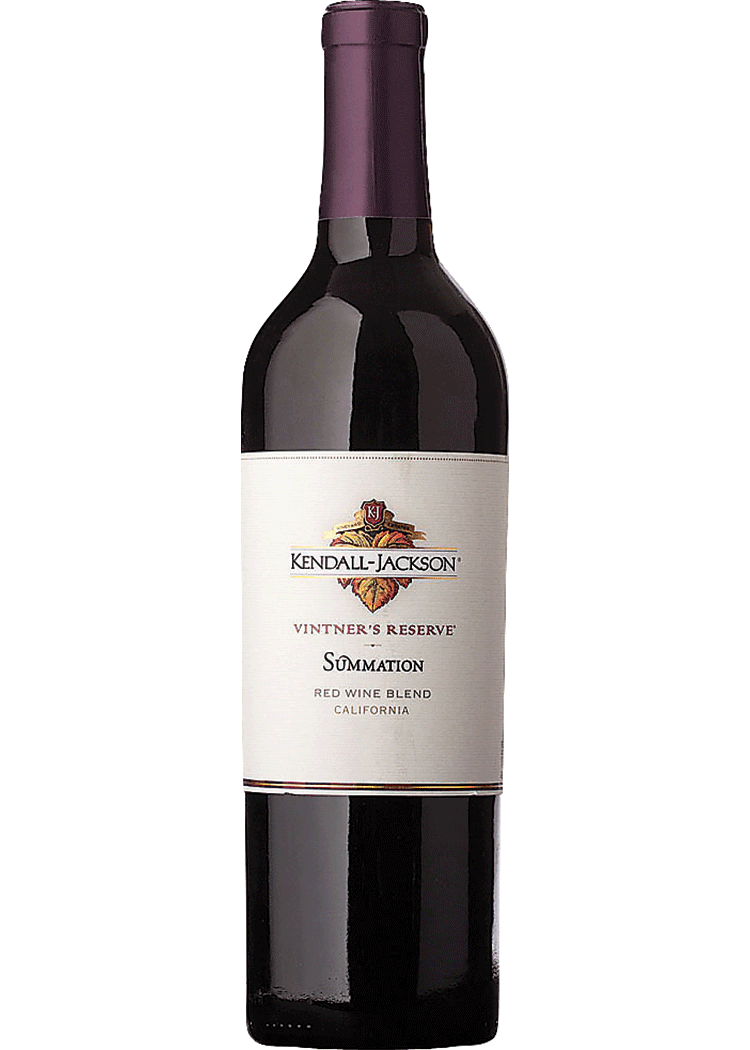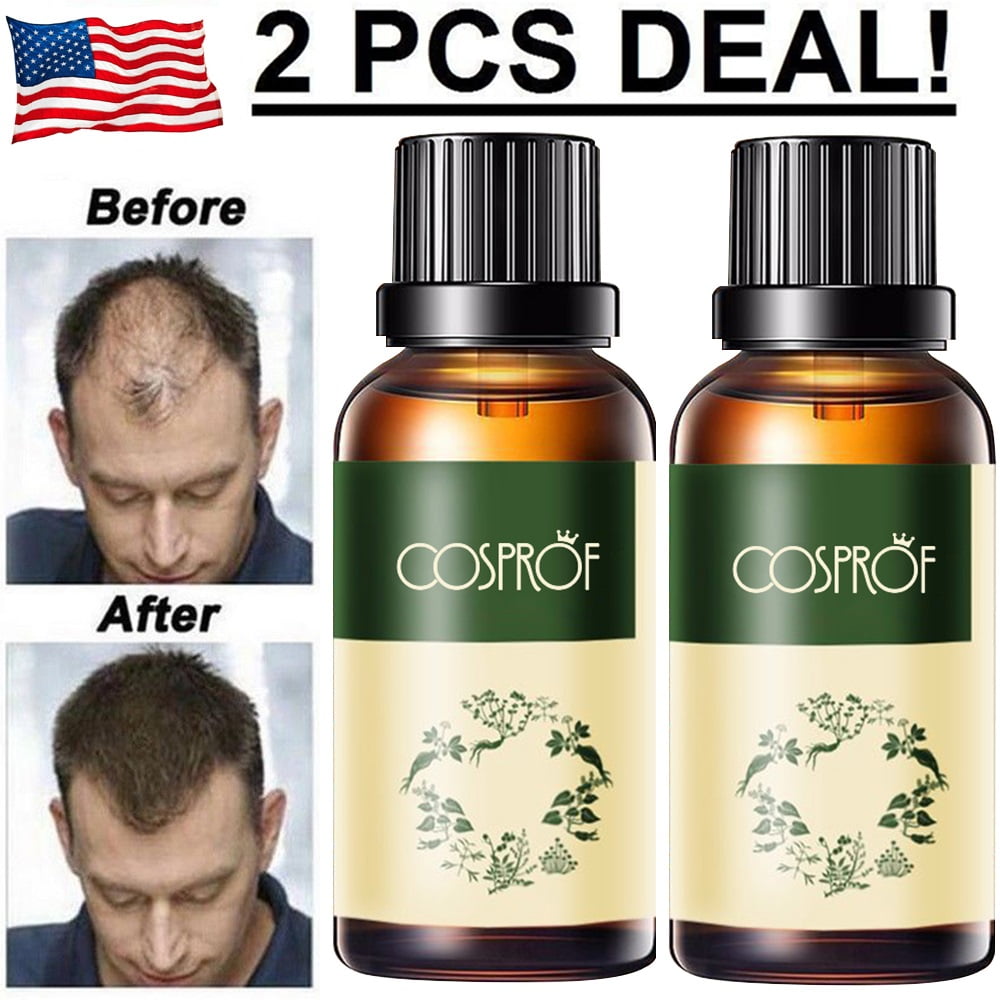Table of Content
Luckily, with the right tools and ingredients, you can! Once you get the hang of it, you can experiment with different fruits until you find the wine that's perfect for you. Red wines age in a variety of storage vessels including wooden barrels, concrete, glass, clay, and stainless steel tanks. Each vessel affects wine differently as it ages. Pumpovers rigorously extract lots of flavor from the grape skins and make for rich reds. For example, the fermenting juice gets frequently stirred to submerge the skins (they float!).

Daily use of red wine soap to treat acne and clean your pores is effective at controlling oily skin. By preventing acne, you can improve the appearance of your skin. If you have acne-prone oily skin, there are innumerable red wine benefits for skin.
Recommended Products
If you let the top 2 inches of soil dry out, the eggs and larvae should also dry out and die. How To Make And UseMix the water, alcohol and dish soap together and add to a spray bottle. Simply rinse out an old spray bottle and resue. If you're making wild yeast wine, don't take steps to kill the yeast.As an alternative to using a tablet, you can pour 2 cups of boiling water over the fruit. Of course, the biggest thing that affects flavors in red wine is time. The longer a wine rests, the more chemical reactions happen within the liquid itself.
Then combine the added ingredients with the grated soap. Heat the soap and additives over medium-low to low heat, stirring often to avoid scorching. Weigh out the coconut water, aloe vera gel, beeswax and cocoa butter. Begin by measuring out the chilled wine of your choice in fluid ounces. I used a local white wine to formulate my soap.
What is Mulled Wine?
Once the soap melts, other ingredients can be added to customize the fragrance, color or other properties of the soap. My dad and son love when I take my cold process soap recipes and rebatch them. Rebatching soap is an easy way to add some extra love — what I like to call moisturizing skin care properties — to your handmade soaps. Once the soap and the added ingredients have melted, add the fragrance oil if desired or omitted from the previous cold process wine soap recipe. Need a creative way to use up leftover wine that’s sat too long or simply wasn’t to your liking? This post covers two ways to use wine to make homemade soap.
A good misting of the spray should kill off a swarm of gnats pretty quickly. To color the cold process wine soap, you may use 2 teaspoons of mica powder or an ultramarine or oxide pigment powder per pound of soap. Mix the powdered colorant into the soap batter once it reaches a light trace.
How to make soap out of red wine
Add a stick of chalk,(Yes, like you write with on a chalkboard.) to the must. Using tap water can affect the taste of your wine, since it contains additives. Support great wine education and share this poster with friends. It’s a fantastic way to expand your knowledge while tasting the good life.

Visit our shop to browse quality Mediterranean ingredients including olive oils, honey, jams and spices. From high quality olive oils and spices, to scrumptious honeys, jams and more, we've got you covered! Our shop features a variety of Mediterranean favorites you need to stock your pantry. After your wine and liqueur of choice, here are a few additional ingredients that bring the flavors of the holidays into your home with their sweet and spicy aromas. Tomato is known for purifying and skin lightening properties. Add it to red wine and it makes an explosive face pack that helps getting instant glow.
Yogurt, green tea & red wine face pack
That said, everything discussed in this article with the exception of the process itself can definitely be applied to cold process, too. This soap is just the thing to relax and unwind or celebrate if you are in the mood with an indulgent wine bath salts recipe for a luxury soak. Share your extra wine soap bars as a gift for anyone who enjoys red, white, or rosé wine and handmade gifts. This project is based on Washington State wine. It gives the soap a beautiful color and a fantastic lather.
Set it over low heat to infuse the wine with flavor, and create a soothing warm drink for cold nights. Experiment with the different version of the DIY gnat traps to see which one works best for you, then place these gnat traps in the problem locations. In addition to the DIY gnat traps, make up a bottle or two of the homemade gnat spray killer to have handy for whenever gnats are swarming and causing a problem.
In a bowl, take honey, red wine, powdered oats and aloe vera gel and make a paste. Honey and aloe vera are both known to moisturize and hydrate the skin and with its high anti-inflammatory and anti-oxidant properties. They also work to ensure delaying signs of aging. Also read more on how to use aloe vera for hair. For those who worry on how to use red wine on face at home, just take a chill pill.

This will remove the gnat’s food source and deter them from the area. You can use this DIY gnat spray on the soil, leaves and stems of any infested plants with the soapy solution. The day after you make the mixture, uncover it and stir it thoroughly, and recover. Do this every 4 hours or so the first day, then keep stirring a few times per day for the next 3 days. The mixture should start bubbling as the yeast moves into action.
In this instance, the wine is used in place of the distilled water normally used in soap making. Make sure the wine is icy cold, but not frozen solid, before getting started as it has a tendency to volcano. As such, I don’t recommend that you use room temperature wine for this project.
During this step, grapes also receive sulfur dioxide to stop bacterial spoilage before the fermentation starts. Check out this eye-opening article about sulfites and your health. Follow along to see how red wine is made, step-by-step, from grapes to glass. Surprisingly, not much has changed since we started making wine 8,000 years ago. The correct process is to add the lye/water to the oils.
When the lye solution and oils are the same temperature, slowly pour the lye-wine solution into the liquid oil. Use an immersion or stick blender to mix the two together. For my first time making wine soap, I used a 750 ml bottle of pinot noir that I received as a gift.

During this process, all of the lye solution is used to convert the fats into soap. Once the process is complete, there is no more lye left in the final bar. Water is the most common liquid used to make soap. Just like making a beer soap recipe, you can also use wine with alcohol for soap making. When you decide to make wine soap, there are many wines you can choose from and any of them will work. As a matter of fact, you can make soap with beer, wine, or any other alcoholic beverage!

No comments:
Post a Comment